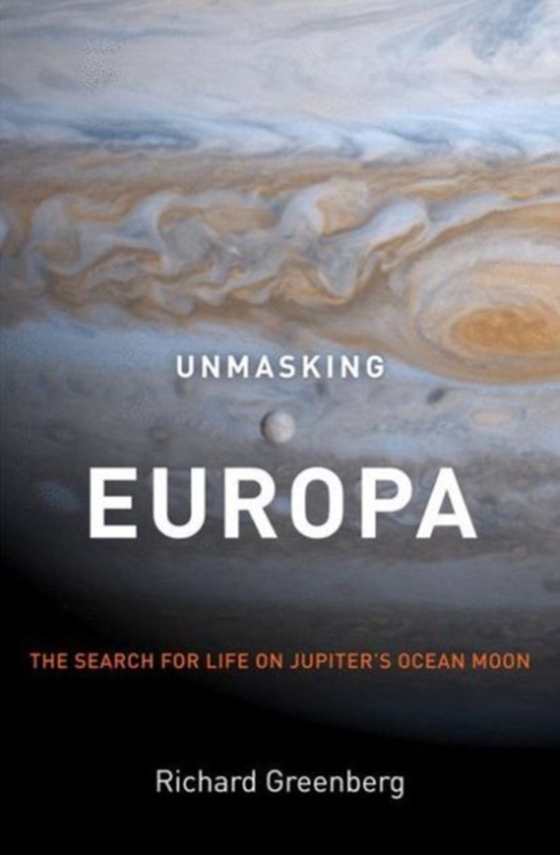
Unmasking Europa e-bog
310,39 DKK
(inkl. moms 387,99 DKK)
A Close Look at Europa . . . And How Big Science Gets Done . . . The second-outward of Jupiter's four major moons, Europa is covered with ice, as confirmed in views from modern telescopes and the thousands of images returned by NASA's Voyager and Galileo missions. But these higher-resolution views also showed that the ice is anything but smooth. In fact, Europa's surface is covered with vast cr...
E-bog
310,39 DKK
Forlag
Copernicus
Udgivet
23 februar 2010
Genrer
Astronomy, space and time
Sprog
English
Format
pdf
Beskyttelse
LCP
ISBN
9780387096766
A Close Look at Europa . . . And How Big Science Gets Done . . . The second-outward of Jupiter's four major moons, Europa is covered with ice, as confirmed in views from modern telescopes and the thousands of images returned by NASA's Voyager and Galileo missions. But these higher-resolution views also showed that the ice is anything but smooth. In fact, Europa's surface is covered with vast criss-crossing systems of mountain-sized ridges, jumbled regions of seemingly chaotic terrain, and patches that suggest upwellings of new surface materials from below. How scientists think about the underlying forces that shaped this incredibly complex, bizarre, and beautiful surface is the subject of this book.In Unmasking Europa, Richard Greenberg tells the story of how he and his team of researchers came to believe that the surface of Europa is in fact a crust so thin that it can barely hide an ocean of liquid water below. He shows how the ocean is warmed by the friction of tidal movements in this small moon as it orbits around immense Jupiter. The implications of this interpretation- which includes the idea that there are active intermittent openings from the liquid ocean to the frozen surface- are immense. The warmth, the chemistry, and the connections from ocean to surface provide the conditions necessary for the existence of life, even at this relatively remote locale in our solar system, far beyond what's normally thought of as its 'habitable zone.'Unmasking Europa describes in clear but technically sophisticated terms- and with extensive illustrations (including more than 100 NASA images)- the remarkable history of research on Europa over the last four decades. The book also provides unique insights into how "e;big science"e; gets done today, and it is not always a pretty picture. From his perspective as professor of Planetary Science at the University of Arizona, and a quarter century-long membership on the Imaging Team for NASA's Galileo mission, Greenberg describes how personal agendas (including his own) and political maneuvering (in which he received an education by fire) determined a lot about the funding, staffing, and even the direction of the research about Europa.While he is satisfied that his team's work is now, finally, receiving fair consideration and even respect, Greenberg comes away from his experience feeling that something is fundamentally wrong with the scientific enterprise as a whole because it routinely punishes innovation, risk-taking thought, and willingness to simply let the evidence lead where it may. In today's scientific environment with its careerist pressures and peer-reviewed propriety, Greenberg believes, astute scientists (and sadly many of our youngest and brightest) quickly realize that it is more rewarding in very practical ways to stay within the mainstream- a tendency that by its very nature is at odds with the ideals of scientific research and thought.
 Dansk
Dansk

